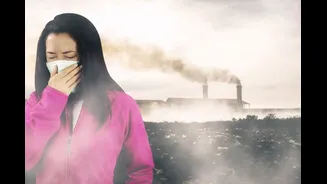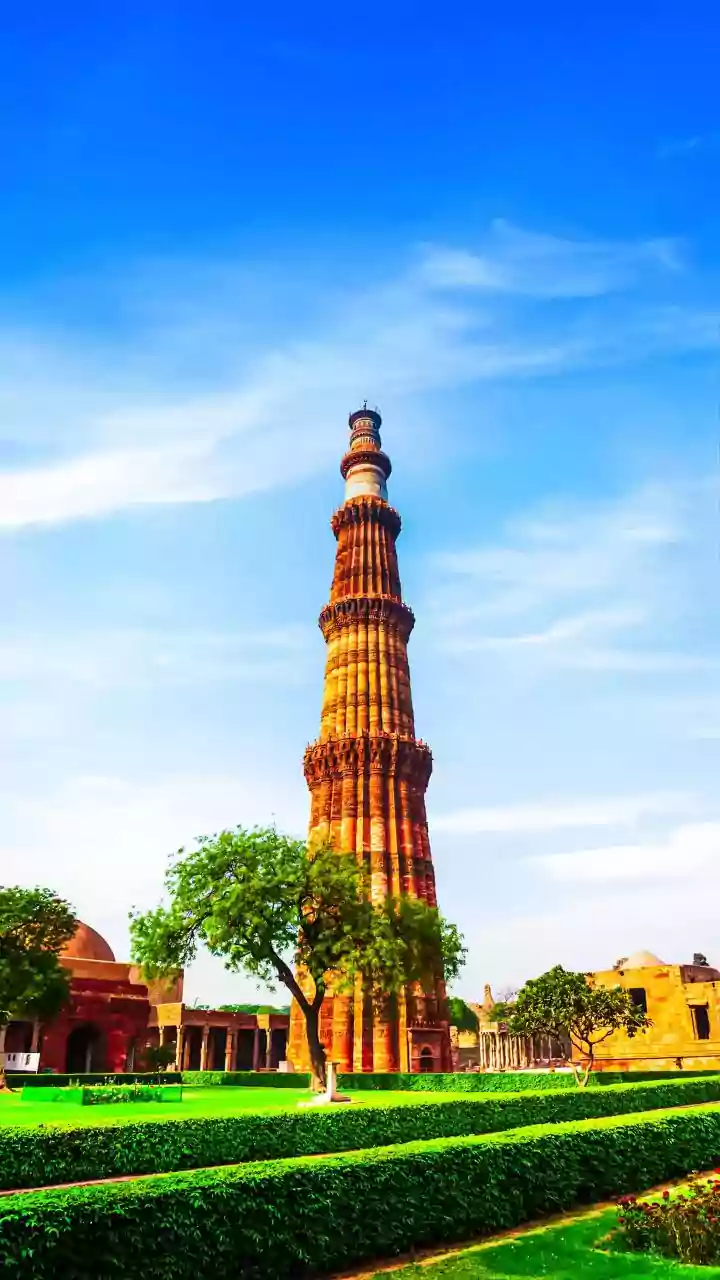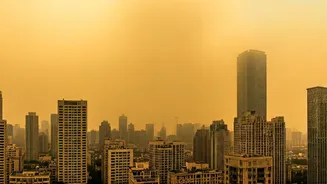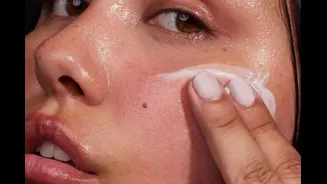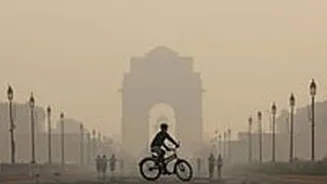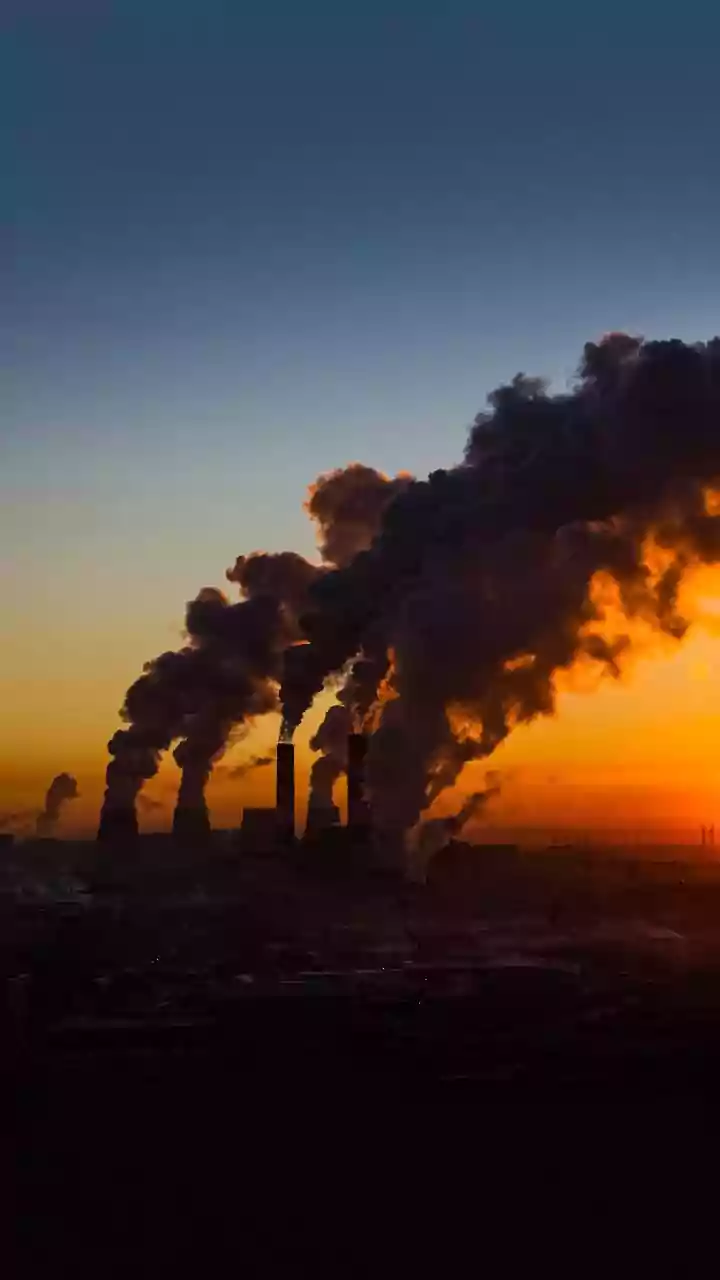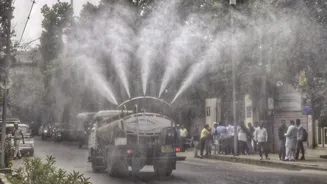As air pollution reaches alarming levels across Indian cities this season, your skin may be the first to show the damage. Beyond its impact on the lungs, toxic air is quietly assaulting the skin barrier
– the body’s natural shield against environmental aggressors. The result? A visible surge in rashes, itching, eczema, and other allergic flare-ups. Dermatologists warn that fine particulate matter and airborne toxins are now among the leading causes of inflammation and sensitivity, particularly during the colder months when humidity dips and the skin’s natural defence weakens.
Why Pollution Is Damaging Your Skin
According to the Indian Journal of Dermatology, prolonged exposure to particulate matter (PM2.5 and PM10) can raise the risk of inflammatory skin conditions by nearly 25 per cent. These ultrafine particles are small enough to seep deep into pores, triggering oxidative stress and disrupting the skin’s lipid balance.
“Pollution has become a silent trigger for skin allergies. When PM2.5 particles settle on the skin, they mix with sweat and oil, leading to clogged pores and irritation. Over time, this disrupts the skin barrier and causes dryness, redness, and persistent itching – especially among people with sensitive skin,” says Dr. Meenu Malik, Visiting Consultant, Dermatology, Venereology and Leprology, Aakash Healthcare, Delhi.
In recent weeks, dermatology clinics in Delhi-NCR have seen a 30–40 per cent rise in cases of eczema flare-ups and allergic dermatitis. Experts point out that children and the elderly- whose skin is thinner and more reactive – are the most affected.
The Science Behind Pollution-Induced Skin Damage
Airborne toxins such as sulfur dioxide, nitrogen oxides, and heavy metals attach to the skin’s surface, triggering the release of free radicals. These unstable molecules break down collagen and essential lipids – the very components that keep skin supple, hydrated, and youthful.
“Free radicals degrade the skin’s structure and accelerate inflammation and premature aging. Poor indoor air quality, especially from cooking smoke or closed spaces with little ventilation, can make matters worse, even if you rarely step outdoors,” explains Dr. Amit Bangia, Associate Director – Dermatology, Asian Hospital, Faridabad.
The result is an increasingly common pattern of dullness, sensitivity, and stubborn rashes that resist typical skincare treatments.
How To Protect Your Skin From Pollution
Dermatologists recommend a defensive skincare routine that focuses on repairing and strengthening the barrier:
- Cleanse gently: Wash your face twice a day with a mild, sulfate-free cleanser to remove pollutants without stripping natural oils.
- Hydrate deeply: Use a moisturiser enriched with ceramides, niacinamide, or hyaluronic acid to restore the skin’s lipid layer.
- Shield daily: Apply a broad-spectrum sunscreen before stepping out, even on cloudy days.
- Antioxidant boost: Include a Vitamin C or green tea serum to neutralise free radicals and combat oxidative stress.
- Ventilate your space: Keep windows open for fresh air circulation and use air purifiers to minimise indoor pollution exposure.
As pollution becomes an inevitable part of urban life, skincare has evolved from a beauty ritual into a form of protection. Guarding your skin against environmental damage isn’t about vanity but about health. The rise in pollution-induced skin allergies is a wake-up call that clean air is vital not just for your lungs, but for your skin’s resilience and radiance too.
